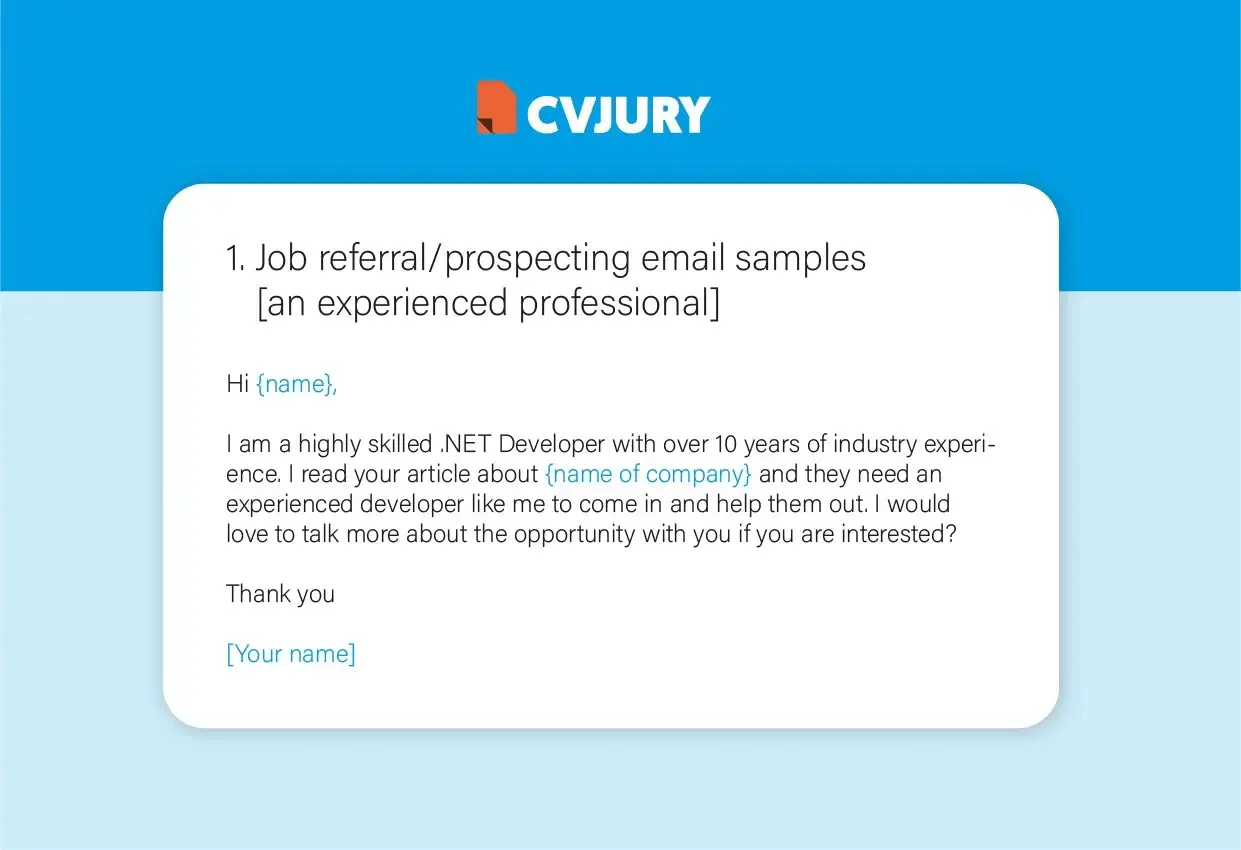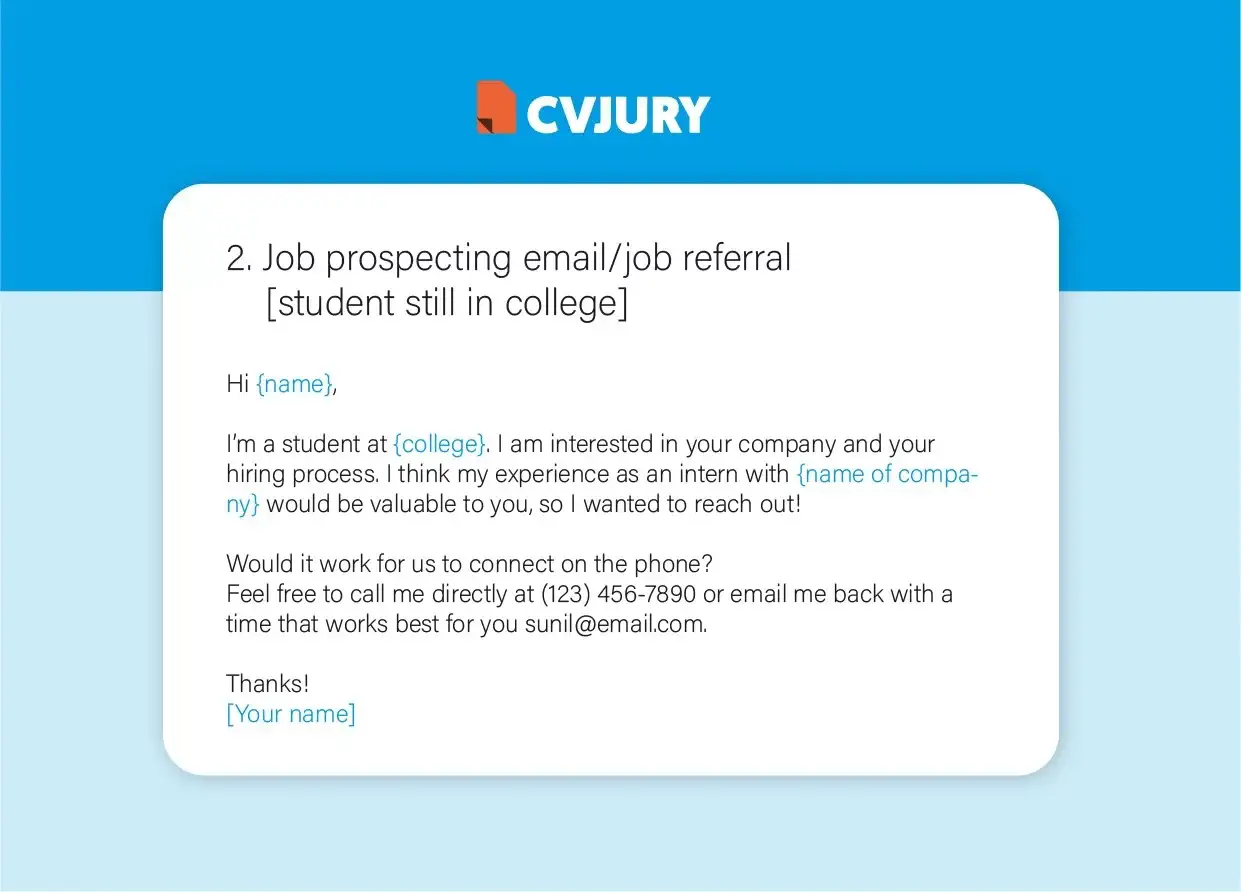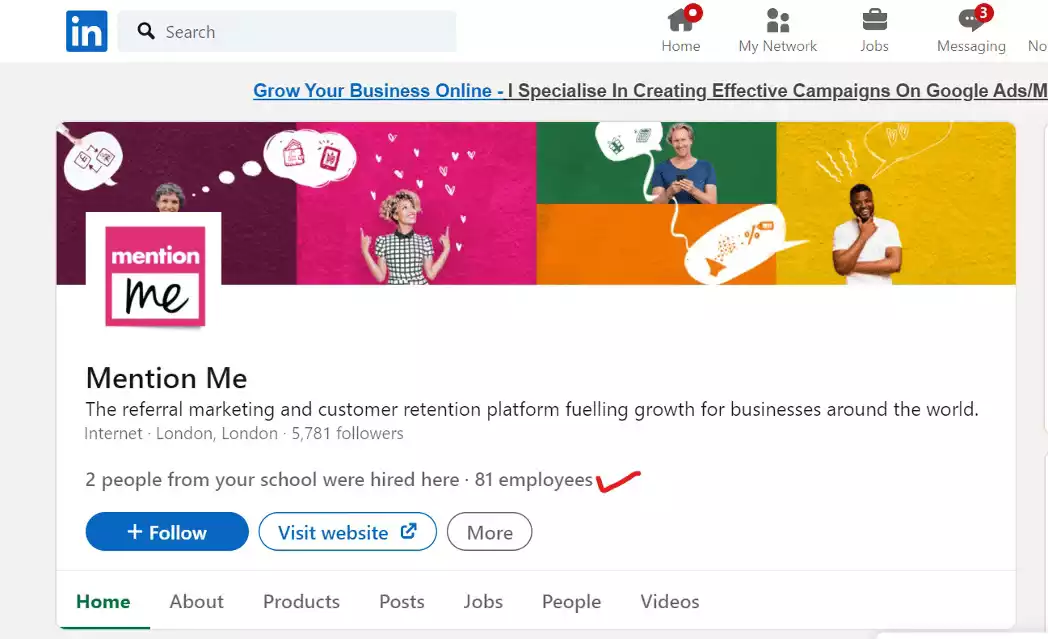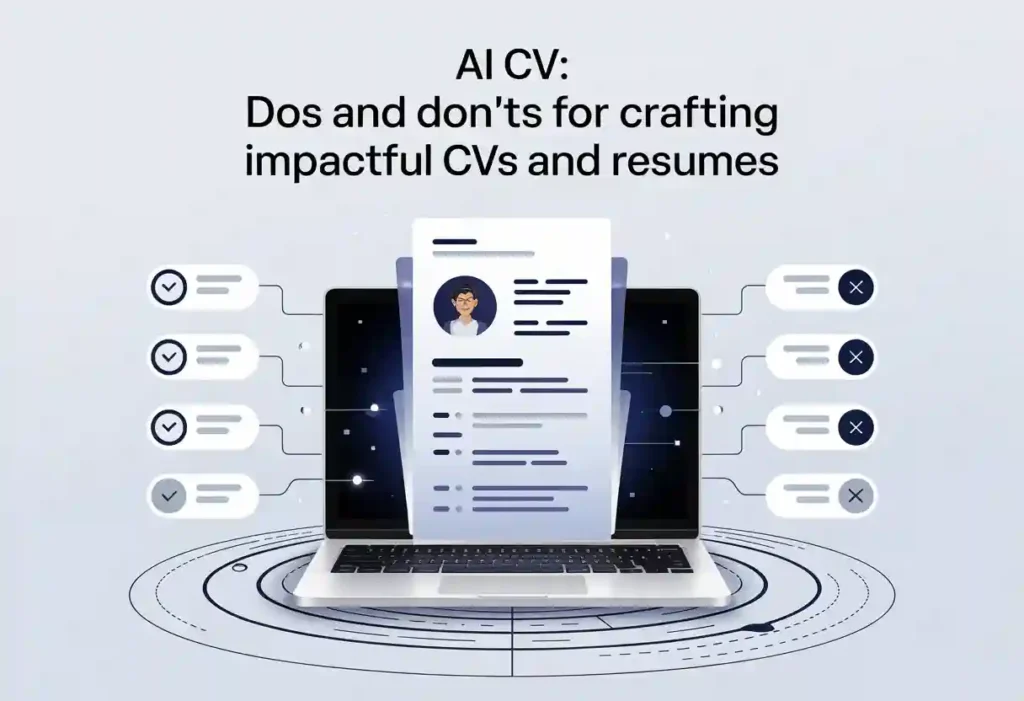Achieving Success: Networking and Job Referrals in Job-Hunting
There’s a saying that it’s not what you know but who you know. This relates to how organizations recruit in today’s age. In today’s world of professional connections and social media-based job hunting, how we find employment has changed.
About 70% of the jobs are not even advertised on job websites, and 85% of the vacancies are filled via referrals. Thus, highlighting the importance of who you know when job hunting.
Let’s dive deep into employee referral program details and discover tactics to make you the first person recruiters think of when hiring.
First, Let’s Understand What An Employee Referral Really Is
An employee referral is when current employees refer a candidate to fill an open position. The staff searches for candidates in their networks with relevant experience.
You don’t need to send thousands of applications. Asking friends or family to refer you is a smarter way. Traditional networking makes up 46% of the most effective job finding.
Asking someone to refer you is a win-win situation. They might get a referral bonus, and you’ll get that employee referral.
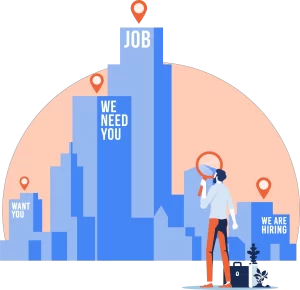
This would save you plenty of time and allow you to showcase your stellar resume. It would also boost the chances of securing an interview.
You can play smarter than the other candidates, which works in your favor.
Fun fact:
Approximately 50% of qualified candidates at top firms use employee referral programs. These are firms such as Google and Amazon.
A candidate recently endorsed by a former colleague might have spoken volumes. The referrer will not only recommend applicants who can fit in the company’s culture. They can also testify about the essential skills and qualifications of the candidate.

The Benefits Of Employee Referrals For Potential Candidates
Most companies prefer referred candidates from an existing employee. Employing someone through advertisements for open positions is expensive and lengthy. Hence, employers do not choose the latter. Referrals always hold a lot of power.
Often, a company will only advertise if hiring for a ‘mass role’ like a daily warehouse laborers/fast food chain. Another case when they would opt for ad placement is if they’ve exhausted all other channels.
It’s a win-win situation. They get high-quality candidates through a trusted source for less money. This is better, unlike finding someone through job boards.
The Jobvite ‘Recruiting Funnel Benchmark’ report says, “Almost half of the employees recruited through referrals remain for at least three years or longer. But only 14% of new employees recruited via job boards are still in the company after three years.”
This shows the value of job advertising compared to networking for employee referrals.
Tip
Tell those around you that you’re job-hunting, and you’ll be the first person in mind when they see an opening.
The more people you approach, the more referrals you can get. Referred candidates are more likely to be one step ahead of others.
There’s a higher chance the recruiter would see the resume and decide earlier if you were referred. Hence, networking is critical.

Below, we’ve outlined why employee referral programs should be on your list.
They’re the fastest way to get hired since your resume will be top. Especially if someone in authority is sending over your recommendation, as the referral is coming from an employee, it will persuade hiring managers to believe you’re a good fit.
Employers know they’re more likely to get the ideal candidate through recommendations. Hence, they’ll prefer you over other candidates.
If you get the job, you’ll feel more at ease because you’ll have at least one friendly face (who referred you) at the office.
Data is in favor of recommendations, too. According to Mike Stafiej, you’re four times more likely to get the job if you’re a referred applicant.
Most recruiters are happy with hires from job referrals. It’s a method that delivers quality candidates who are successful applicants.
They can fill the job opening through a hiring strategy that can save time and produce results.
Yet, it’s important to remember that only recommendations won’t land you the position. You’ll need to prove you’re worthy of the role by ensuring your resume is top-quality. Plus, it should be impressive enough to prove you’re a good fit for the position.
What If You Need to Know Someone To Refer You for the Job?
Job candidates having an existing network is their best friend when aiming to meet their hiring goals. Especially since 85% of critical jobs are filled via networking. Of course, asking people you know, such as friends or family, is easy.
But getting an employee referral from an employee you’re unfamiliar with is the task at hand.
Tip
If you know some existing employees who can refer you, ask them to put in a good word to the recruiter.
But what if there’s a role you want to be a preferred candidate for, but don’t know anyone at the organization?
In most cases, your LinkedIn’s second-hand degree connections can help you get a job referral through an employee referral program.
Here Are Some Tips Hired Referrals Have Used That Work
Employee referral program
An employee referral program will help you get your foot in the door. The best referral you can get is from someone excellent at their job. This is because their HR team would trust the choice of the current employee more. Hence, lean more toward you. The referral bonus they’ll receive is a plus, so don’t worry about being pushy.
Tip
Be bold about asking someone to send your job referral. That person will do you a favor and get a referral fee if you become a new hire.
Hence, they might want you to impress the hiring manager, especially if you’re a strong candidate. The referral will benefit the employer and you, the potential employee.
Scroll through your college alumni.
You can contact your alumni, who can commend you for a job if you’re a graduate.
A great strategy to make this work would be to contact your alums and ask if they can have other alumni recommend you to open positions at their companies.
Note
You can also see your alumni by searching for your college name on LinkedIn.
Be Smart
If you’re sending out LinkedIn request messages or cold emailing employees at a firm, be smart about who you reach out to
For instance, reaching out to an employee who’s a top executive will get you nowhere. Instead, reach out to a mid-level employee who wants to connect potential new hires to employers in their organization.
These are the people who put interest in speaking to job seekers. Plus, they would want to explore ideas that provide monetary rewards.
Even if someone is referring you, ensure your CV and LinkedIn profile are up to mark. You can also scan your resume with us for free. An employer would lean more toward a referral that matches the job description they’re looking for.
Search your LinkedIn connections to discover who you might know at a firm:
LinkedIn is one of the go-to sites to use for professional networking. About 57% of job seekers use LinkedIn to find job opportunities. The platform provides many ways to build connections while finding existing ones.
This can be done through a variety of methods. You can search for a company name and then click on the “People” tab at the top of the screen. This will show you any of your connections that are existing employees or might have worked there.
Being a potential employee, you can also shortlist the job titles you want to connect with via the “People” tab, such as ‘HR’ or ‘Recruiter’, and pop them a message to chat.
A great way is also by joining groups for particular industries. Once you’re a part, you can connect with other members, a strategy that’s ace to build connections.
Job/Employee Referrals: 5 Sample Requests
1. Job referral/prospecting email sample (An experienced professional)
2. Job prospecting email/job referrals (Student still in college)
3. Job prospecting email/job referrals ( Managerial level candidate)
4. Job prospecting email/job referral (UX/UI designer)
5. Job prospecting email/job referral (When you have a unique idea to offer)
Download the Microsoft Word version here.
A Practical Case
Your search for an open position on Google (see below) at a list of companies you are interested in.
- Then open the company’s LinkedIn page, and you’ll find all the staff or school alumni who are your direct connections. Or at least those who are secondary connections.
Research the company: Explore who works there and is on the platform to see if you have a connection. A great advantage will be if they have connected with those who might be your 2nd or 3rd connections.
Note:
There are often many levels of connections.
The employees could be your university alumni, former colleagues, or friends.
In our example, the Mention Me page shows two employees you know working at Mention Me.
Expert Advice
- Remember that this is solely a game of numbers. Track all your searches by creating a spreadsheet to record your activities.
- If you don’t have any primary or secondary connections to a company, generate some secondary connections. Connect with them, feel them out, and develop rapport. Also, add value, follow up, share information, discuss opportunities, and set up informal meetings.
- Being able to follow up effectively is what separates you from the many other graduates searching for work. See how someone did it here and landed a role after 13 months of unemployment.
Dos and Don’ts
Below we’ve curated a list of the dos and don’ts to highlight the areas that matter:
Dos
- Create a job search plan.
- Clarify your objectives.
- Use social media to connect with employees. This can further introduce you to people and companies in their circle.
- Attend networking events.
- Develop connections at every opportunity.
- Speed up your social media presence (even if it's posting about hobbies)—it's free.
- Build your circle by connecting with industry employees. This mainly involves executives working for organizations that might hire you.
- Find out if anyone you know has a referral program that rewards employees who refer others.
- Follow-up after no response will keep them from thinking you were unserious.
- Use employee referral programs from current or former employers and other contacts. They offer excellent opportunities to jump on potential vacancies that aren't advertised.
- Reinforce what the company wants through research, especially in qualifications checklists, before applying for any position.
Don'ts
- Don't pass your CV to a current employee without first reading up on the company and its needs.
- Never fail to enquire about an open position you saw on social media by checking with an employee. Social media posts do not always represent what is happening in the office.
- Don't ask about a role if you're not confident you have most of the qualifications they seek. It's better to wait for a referral that meets your criteria to avoid wasting time.
- Don't forget to ask the buzz question: “Could you recommend me?”
- Don't rely solely on your resume: A great resume isn't the only ticket in; recommendations that vouch for your character are vital.
- No sitting back: The job market is driven by candidates, not waiting games. Get proactive and reach out.
- Don't ignore the human element: Referrals are more than a resume pass; they are a personal endorsement of your fit for the company culture and team.
- Don't underestimate follow-ups: Never be a one-time networker.
- Regular check-ins keep you at the forefront of potential referrers’ minds.
Fun Tip
Having a friendly place at your place of work would encourage you to stay longer and further recommend candidates when the roles are reversed.
No doubt, an employee referral puts an applicant’s resume at the top of the pile. But there is more to it. You still need to prove you are fit for the jobs you seek.
Now, You Need To Act
Now that you know the how-to, you can implement these tactics effectively. You won’t just get the referral if you know a company’s current employees where you want to secure a job. You’ll get more insight and benefits.
The employees might discuss how you can handle the interview process. Also, they can tell you what to emphasize in your resume and improve it. The employee referral in itself is just the tip of the iceberg.
This means that you’ll be one step ahead of other applicants. It’ll increase your chances of securing a specific role.
While an employee referral brings applicants to the attention of HR hiring staff, you still need to prove you are fit for the role. So, ensure that you are prepared well.
If you need great tips on acing interviews, read our 100% interview-winning formula.
Match your job referral efforts with adding stunning resumes from the CVJury’s free resume builder. And scan your document, too; use our resume scanner. It’s free.
For your LinkedIn profile, use our LinkedIn profile builder and LinkedIn summary templates to write your summary for greater visibility to recruiters.
Get out of that dead-end work you’re in now and start living your dreams.
You’re Only One Employee Referral Away From Landing Your Dream Job
Employee referrals hold a special kind of magic in the hiring process and finding employment. They offer a gateway of opportunities that otherwise may remain under a cover, especially if you’re following a traditional method.
Through employee referrals, you don’t need a resume or cover letter to stand out from the crowd. It’s your golden ticket to showcasing your personality through the people you know.
One should not underestimate the power of a strong network. In an ever-changing landscape, job hunting becomes arduous through one strategy.
Evidence proves that an employee referral is a practical path to landing your ideal job. The approach of what you know and who you know offers many benefits.
It offers the chance of getting hired faster. Moreover, it stems from the genuine belief in your abilities that an active employee has in you.
When a trusted senior vouches for you, their endorsement holds value and credibility. Forming a pool of 2nd and 3rd LinkedIn connections can boost the process.
Using proven techniques and platforms can ease the process of finding like-minded connections. They can offer valuable insights, recommendations, and more.
It’s crucial to understand that referrals aren’t enough in locking a job opportunity at a company. The onus remains on you to present a great resume and ace the interview process.
As you embark on your employment journey, know this is a numbers game. The more people you approach, the greater your chances of receiving a referral.
Hence, start conversations, cultivate relationships, and capitalize on opportunities. The job marketing might be candidate-driven. Yet strategic networking and strategic employee referrals are the keys to unlocking potential.
Happy networking!
Further Reading (On Employee Referrals)
- Video 1 – The Hidden Job Market
- Video 2 – The Hidden Job Market
- How to Get Any Job Anywhere
- Online Resume Builder
- Free Resume Builder and Templates

